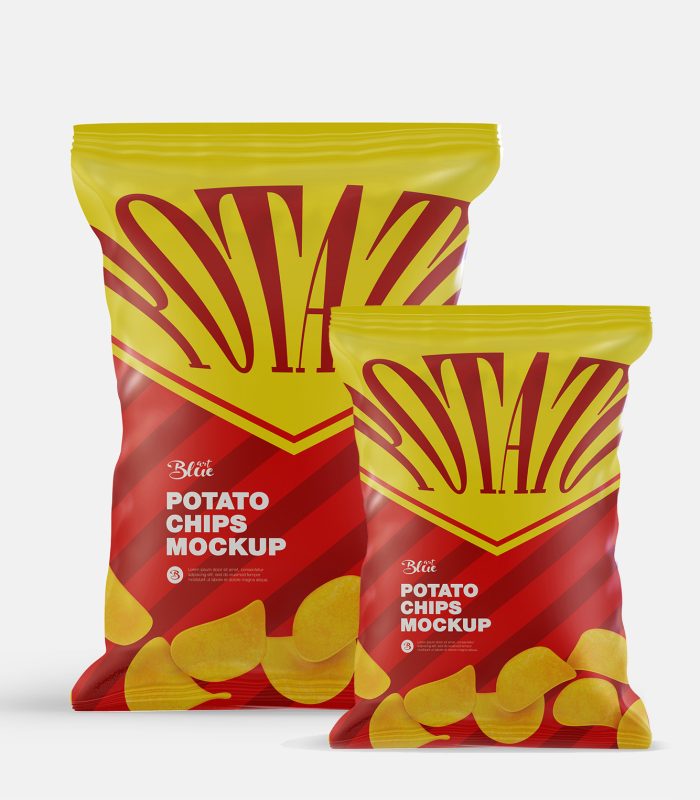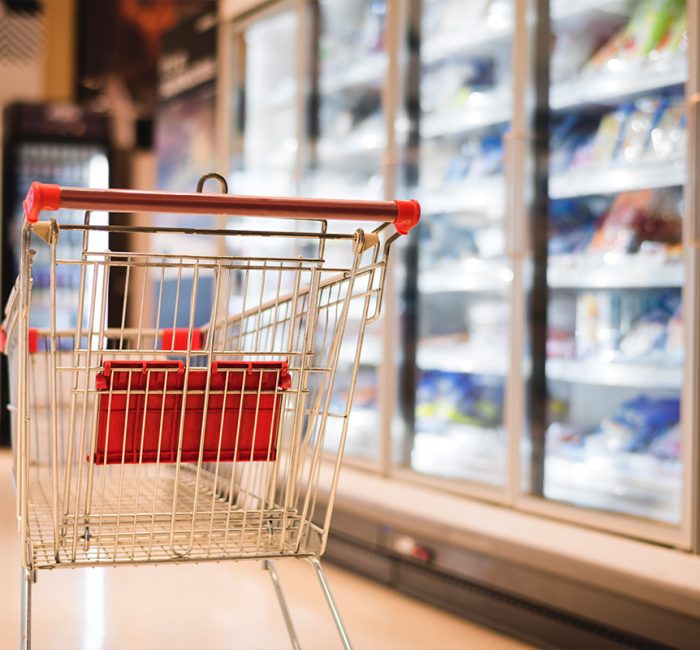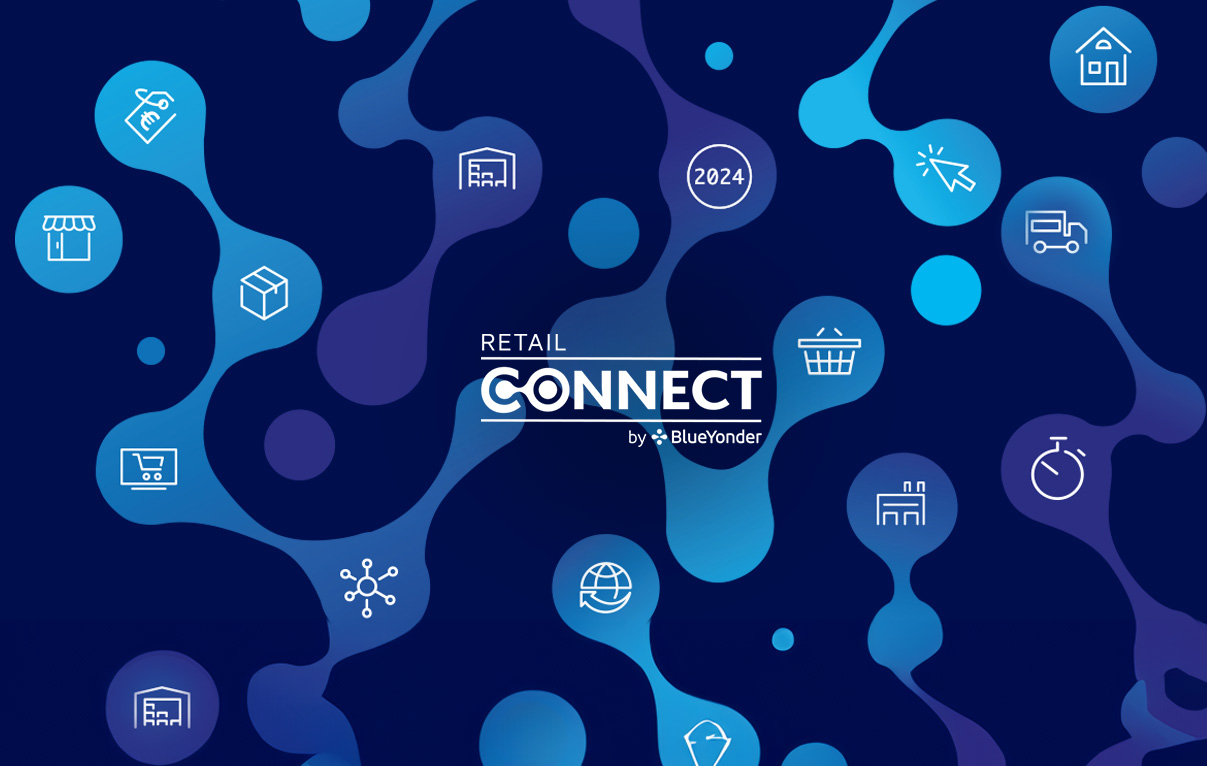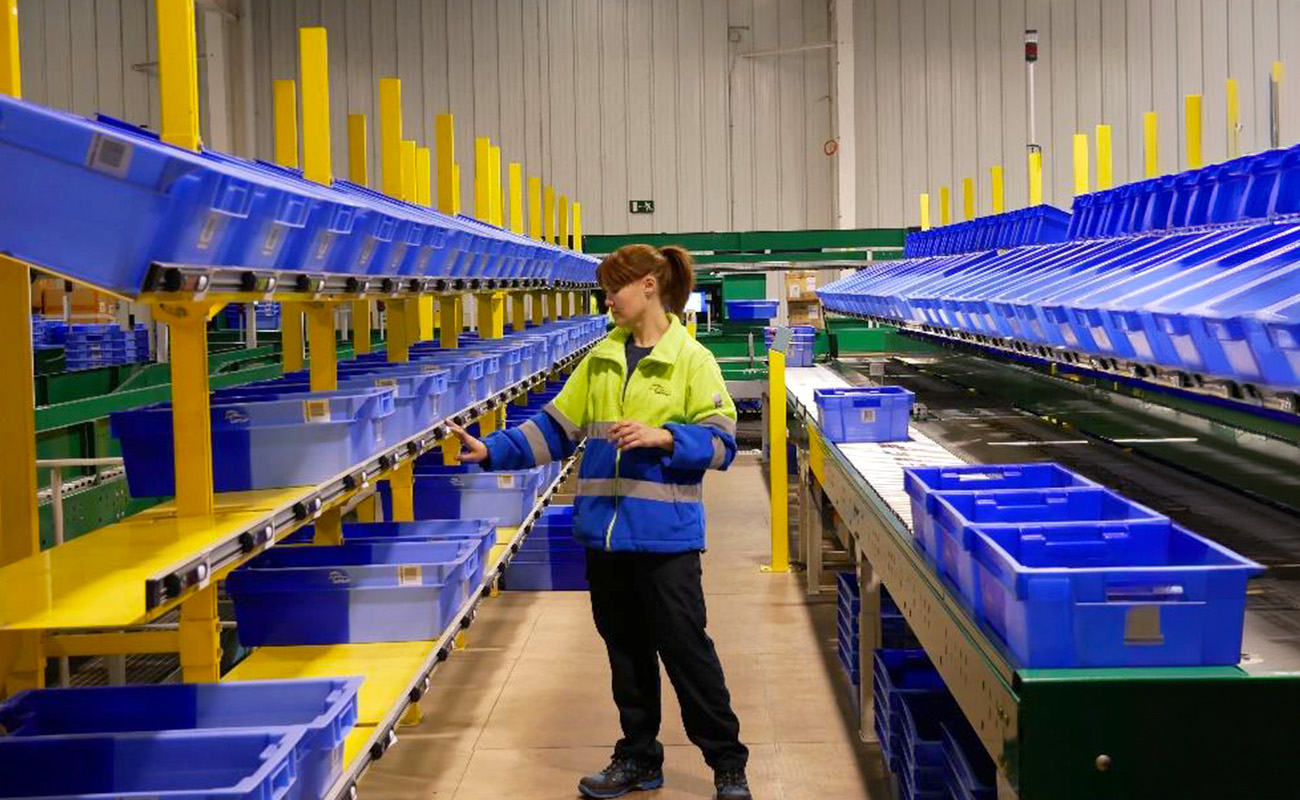Key information:
The retail industry, broadly defined, has been grappling with many challenges in recent times. We all remember vividly the pandemic and its negative effects that reached the continuity and sustainability of supply chains. The highest level of inflation in decades has become another, spelling the risk of real trouble for the industry.
Manufacturers are raising prices, consumers are becoming more budget-conscious in their purchases. In this situation, retailers must respond strategically to maximize profits and retain shoppers in an increasingly competitive omni-channel environment.
In this article, we will discuss three emerging response trends today, suggest how to adopt a profit-boosting orientation, and explain how to meet the changing demands of today’s buyers.
What then should Category Managers do?
Typically, category management plays a central role in retail success. Inflation underscores the need to transform category management from a static, calendar-based to a continuous and dynamic competence. As manufacturers and consumers adopt new habits, Category Managers must efficiently “juggle” new assortments in both Floor and Space Planning that capture opportunities on the horizon.
Let’s focus on three key trends affecting category management:
- Reduce package sizes
- Growing sales of private label products
- Increase in sales of “small luxury”
1. shrinkflation: same price, smaller product size.
As inflation persists, consumers focus on the price of products. This is an obvious and natural mechanism. In a situation where they cannot afford to keep raising prices, manufacturers are responding with a move to reduce package sizes. While changes in size may go unnoticed by buyers who focus solely on price, they can translate into an invisible profit increase of about 30%.
Shrinkflations affect not only consumer budgets. This trend causes no small problems also on the part of retail chains, which have to constantly adjust their
planograms
. They do this to maximize the profitability of every square inch of space. This task is not impossible to accomplish without the right tools.
BlueYonder
in its centralized and intelligent category management, enables stores to strategically monitor, analyze and update product attributes, assortment plans, floor and spaceplans for each store.
The fast and automated Category Management process enables stores to re-plan localized assortments. This translates directly into maximizing the benefits of packaging size , as well as other product modifications.


2 The big turnaround: the shift to private label in chain stores
Inflation is having a huge impact on consumers’ daily shopping behavior. Limited budgets are causing a shift from large, recognizable brands to private label products.
They can be up to 30% cheaper at chain stores, so it’s no surprise that rampant inflation is increasing their market share. Of course, retailers can’t help but react to this, so they are creating more space for private labels, especially in areas where price tolerance is lower.
Intelligent Category Management solutions
provided by BlueYonder can help, by constantly monitoring performance at the store level as well as at the individual SKU level. In this way, the assortment and space plan can be matched to actual demand.
Automating update processes allows for faster response, which translates into maximizing sales of all products, even as customer preferences are constantly changing.
3 A new and unexpected attitude: "I deserve it."
One of the most surprising trends of the last few years, is the so-called “new” trend. An increase in sales of “petty luxury.” The consumer, forced to be more mindful of his budget, is giving up longer vacations or every weekend restaurant meal. However, he wants to compensate for this with other, smaller and accessible “rewards.”
One example is the expansion of the shopping cart, with higher-end products like a piece of high-quality cheese, Italian cured meat or a bottle of more expensive wine. Stores need to be ready for consumers’ new shopping decisions and have the right products in place.
How can Category Managers sort out and solve the problem of such a trend with the parallel availability of economy basket products?
Artificial intelligence (AI) and machine learning (ML), which is one component of the solution, comes to the rescue.
Category Management BlueYonder.
The system triggers relevant alerts to inform in real time of increased sales of “fine luxury” goods – identifying specific stores, categories and specific SKUs.
Stores can thus better respond by providing precise updates on assortments, space plans, promotions, merchandising initiatives and pricing policies.






